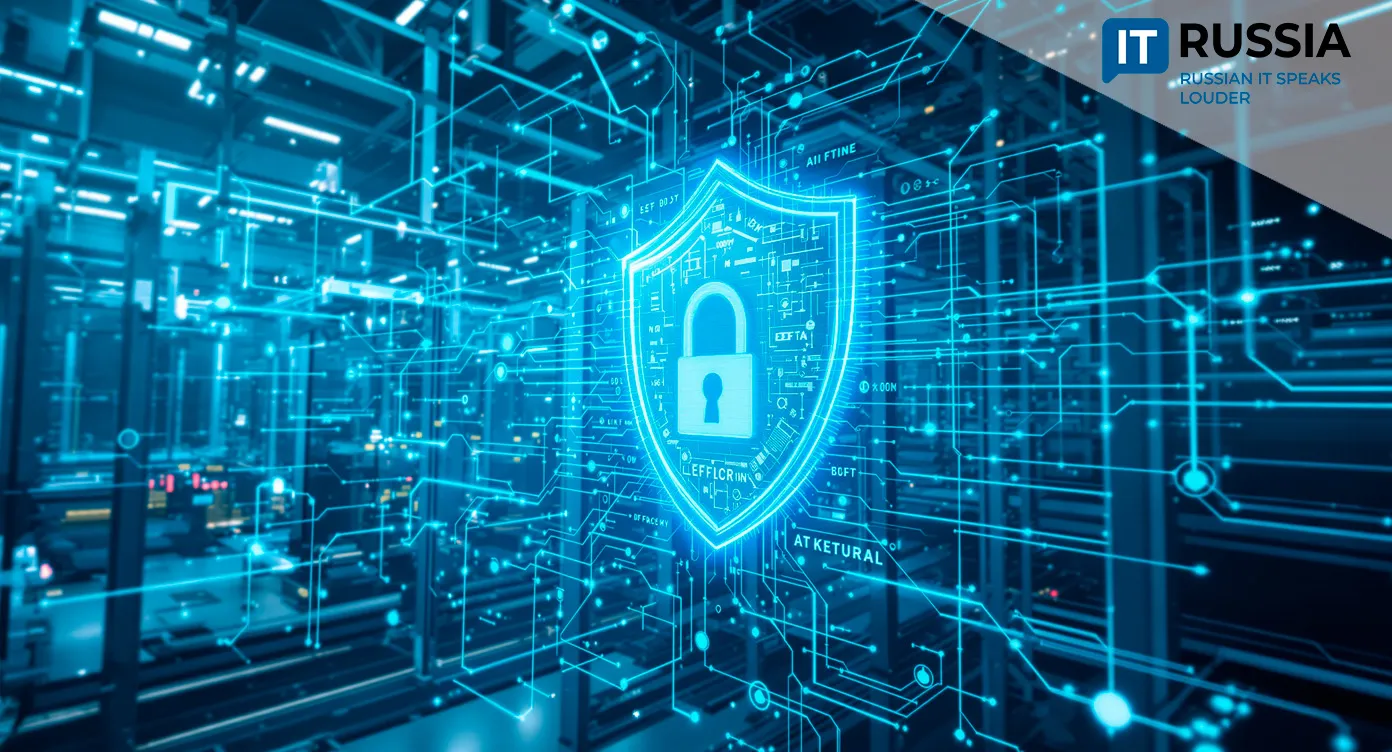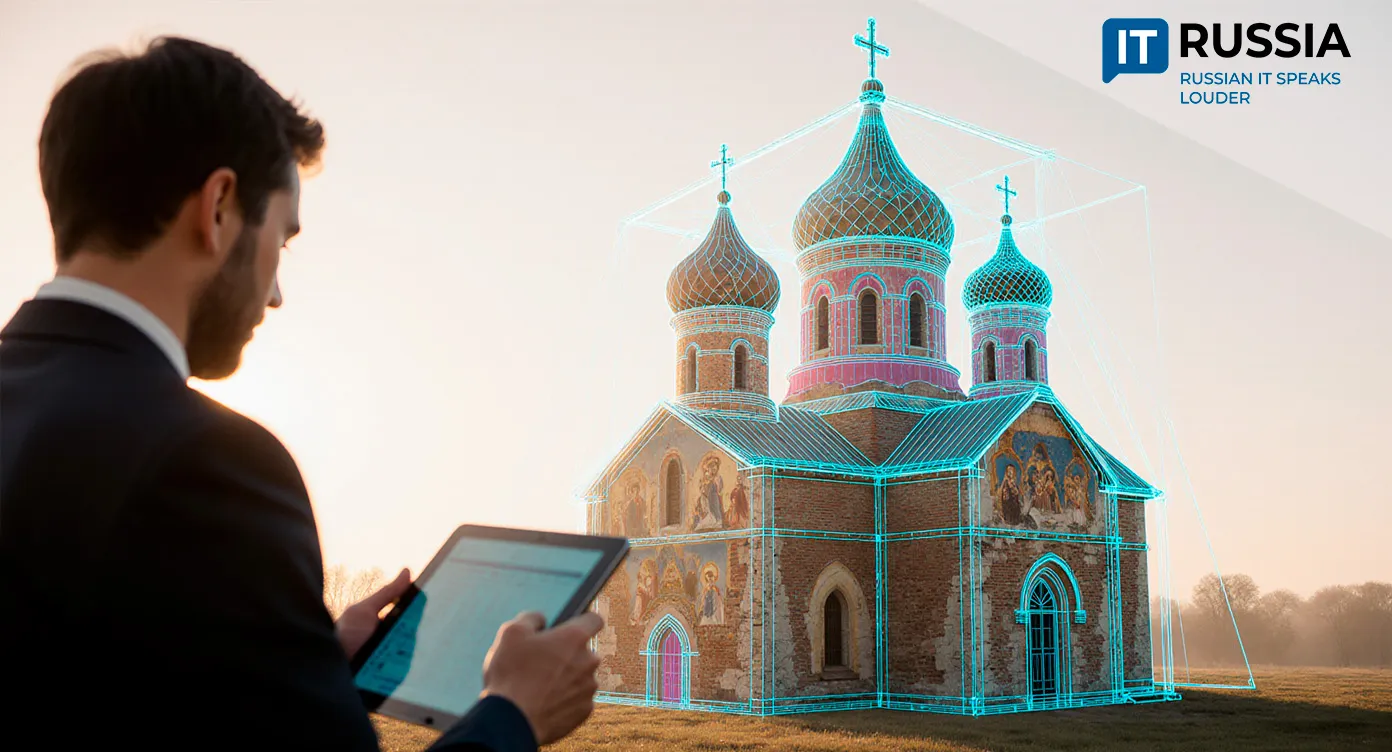Skins Under Siege: How Scammers Exploit Virtual Item Trading
Cybersecurity experts have identified a surge in scams targeting gamers who trade in-game items known as "skins". Russian digital risk management firm BI.ZONE reports over 60 phishing domains imitating legitimate skin-trading platforms. The attacks highlight the growing threat landscape of virtual economies and the urgent need for user awareness and protective measures.

A Growing Awareness Problem
The market for virtual skins has evolved into a financial ecosystem resembling a real-world stock exchange, where digital assets carry substantial value and are actively traded. This has attracted scammers who create fake trading websites, impersonate users, steal account credentials, and manipulate exchanges.
For Russia’s IT sector and gaming community, this trend underscores the cybersecurity challenges of virtual economies. For individuals, especially gamers and active traders, these attacks often lead to real financial losses and the theft of valuable assets. It also signals a broader need for national regulation and oversight of digital markets — even those operating within gaming platforms.

Globally, the problem reflects a larger issue: as virtual economies gain financial weight, they increasingly become targets for fraud and exploitation. With billions of dollars circulating in the global skin market, fraud prevention has become a critical concern for developers, regulators, and cybersecurity firms alike.
Trade Scams and Skin Gambling
One of the most notable examples comes from Counter-Strike 2 (CS2), where millions of players trade, buy, and sell in-game skins daily. The market’s size and liquidity make it a prime target for scams involving fake trading websites, API key thefts, impersonation schemes, and duplicate-item frauds. In a recent Steam community case, a user was tricked into transferring valuable skins to an impersonator posing as a friend.
After the exchange, the fraudster deleted all traces of communication. Steam officially defines such schemes as "trade scams" — situations where a user is deceived into a fraudulent exchange under false pretenses. Valve advises users to avoid rushed trades, resist pressure, and never exchange items without verifying a partner’s identity. Another growing concern is "skin gambling", where players use in-game items as currency for betting on esports matches or games of chance.
This phenomenon, common in titles like Counter-Strike: Global Offensive and FIFA, carries both financial and psychological risks, especially for younger players. In several countries, such activities are now regulated or restricted due to their resemblance to unlicensed gambling.
Rising Demand for Anti-Fraud Solutions
The rise of virtual goods trading has also created opportunities for cybersecurity vendors. Russian IT firms specializing in anti-fraud and risk management solutions are now adapting their expertise to the gaming economy.

BI.ZONE Brand Protection, for instance, recently enhanced its systems for detecting and blocking phishing domains that mimic legitimate trading sites. According to the company, its analysts monitor underground forums, track personal data leaks, and analyze token exposure on public developer platforms to prevent fraud before it spreads. Such proactive measures are essential as digital markets grow increasingly interconnected and criminals automate their attacks.
А Legitimate Sector of the Digital Economy
The virtual goods market has matured into a full-fledged sector of the digital economy, complete with its own security risks and compliance needs.

Experts expect regulators to pay closer attention to virtual asset trading, possibly introducing new rules or licensing requirements. Users, in turn, will seek out secure trading platforms with transparency guarantees, while cybercriminals develop more sophisticated attack methods. This will increase the demand for cybersecurity innovation, compliance tools, and fraud intelligence.
For IT firms, this creates new niches in threat detection and virtual market security. For users, the key takeaway remains vigilance — verify every platform, avoid suspicious links, and use multi-factor authentication.










































